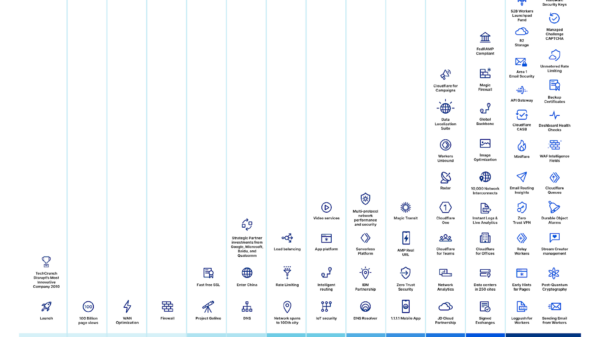The history of cryptography is a long and fascinating one, dating back to the earliest days of human civilization. The first known use of cryptography was by the ancient Egyptians, who used hieroglyphics to create secret messages. Over the centuries, cryptography has evolved into a complex and sophisticated science, with a wide variety of techniques and methods being used to protect information.
One of the earliest and simplest forms of cryptography is the substitution cipher. In a substitution cipher, each letter of the alphabet is replaced by a different letter, number, or symbol. For example, in a Caesar cipher, each letter is replaced by the letter three places ahead of it in the alphabet. So, the letter “A” would be replaced by “D”, “B” would be replaced by “E”, and so on.
Substitution ciphers are relatively easy to break, especially if the ciphertext is long enough. One common method of breaking a substitution cipher is frequency analysis. In frequency analysis, the frequency of each letter in the ciphertext is compared to the frequency of each letter in the language that the message is believed to be written in. This can often reveal the underlying message, even if the ciphertext is not completely legible.
Another early form of cryptography is the transposition cipher. In a transposition cipher, the letters of the message are simply rearranged in a different order. For example, a simple transposition cipher might rearrange the letters of a message in alphabetical order. Transposition ciphers are also relatively easy to break, especially if the message is not very long.
As cryptography evolved, more sophisticated techniques were developed. One of the most important advances was the development of the polyalphabetic cipher. In a polyalphabetic cipher, each letter in the message is replaced by a different letter, depending on a key. This makes it much more difficult to break the cipher, even using frequency analysis.
One of the most famous polyalphabetic ciphers is the Vigenère cipher. The Vigenère cipher is a very strong cipher, and it was used by many governments and military organizations for centuries. However, the Vigenère cipher was eventually broken by the French mathematician Charles Babbage in the early 19th century.
In the 20th century, cryptography saw a major revolution with the development of the computer. Computers made it possible to create much more sophisticated ciphers, and to break ciphers that were previously thought to be unbreakable. One of the most important advances was the development of the one-time pad. The one-time pad is a perfectly secure cipher, and it is still used today by some government agencies.
Today, cryptography is an essential part of modern life. It is used to protect everything from financial transactions to email to military communications. As technology continues to evolve, so too will cryptography. The future of cryptography is bright, and it is sure to play an even more important role in our lives in the years to come.
In addition to the techniques mentioned above, there are many other methods of cryptography that have been developed over the centuries. Some of these methods are more secure than others, and some are more difficult to break. The choice of which method to use depends on a number of factors, including the sensitivity of the information being protected, the resources available to the attacker, and the amount of time that is available to encrypt and decrypt the information.
Cryptography is a complex and fascinating field, and it is one that is constantly evolving. As new technologies are developed, new methods of cryptography are also developed to protect information from those who would seek to steal it.



















